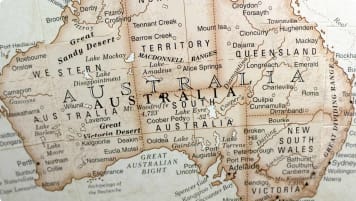Arcades of Melbourne, Victoria
Learn about the Melbourne arcades from the bygone era of Victorian wealth, fashioned after the arcades of Paris. This small group tour to Melbourne for mature and senior travellers.
29 Jun 20 · 7 mins read

Arcades of Melbourne, Victoria
Imagine yourself in Marvellous Melbourne, in the second half of the 19th century. The Gold Rushes – and subsequent land boom – have made your city the richest in the world, and the second-biggest in the British Empire. Industrial advances and trade have brought luxury goods from all around the world to your city. Shopping is now a leisure activity – and glamorous arcades have sprung up across your city, filled with beautiful wares and elegant tea rooms, perfect for a Saturday afternoon in town.
Drawing inspiration from the covered shopping areas of medieval Europe and the bazaars of the Middle East, the first shopping arcades were established in Paris at the end of the 18th and early 19th century. From Paris, the shopping arcade spread around the world, epitomising the new consumer society of the 19th century.
From 1853 to 1893, approximately twelve arcades were built in the colony of Victoria, most in central Melbourne. Melbourne’s arcades were advertised as elegant shopping spaces for the genteel middle class, away from the grime of the industrial city. Visitors frequently compared them to the arcades of London and Paris, a testament to the rapid development of the new city. They symbolised wealth, luxury and modernity for generations of Melburnians.
Today, only two of Melbourne’s original 19th century shopping arcades remain and we learn and explore these on our small group tour of Melbourne for a week that Odyssey offers. We have profiled them below, along with two early twentieth century arcades, which brought the idea into the Art Deco age.
The Royal Arcade:

Opened 1870, the Royal Arcade is the oldest surviving arcade in Australia. It connects the Bourke Street Mall, Elizabeth Street, and Little Collins Street.
In 1868, a competition was held to select a design for the proposed arcade, won by Charles Webb, an architect from Suffolk, England. Webb’s design was in the Italianate style, drawing influences from French and English architecture. Webb, a major architect of 19th century Melbourne, designed a number of other prominent landmarks, including Melbourne Grammar School (1856), South Melbourne Town Hall (1879), and the Grand Hotel (1883), later renamed the Windsor Hotel.
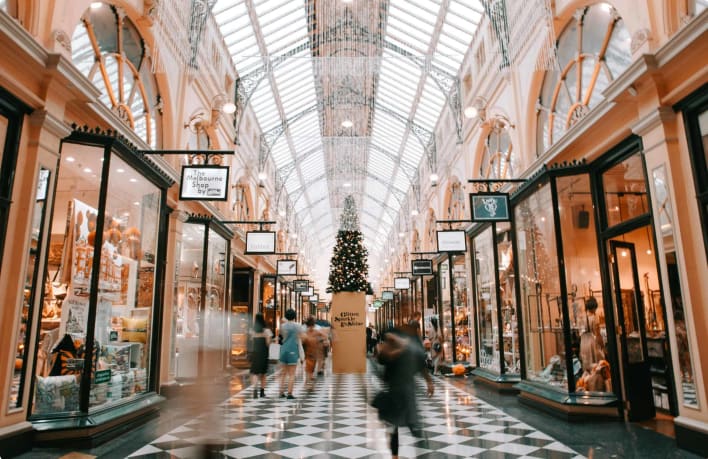
The Royal Arcade is particularly noted for the statues of Gog and Magog, added in 1892, and striking the hour ever since. Statues – usually associated with public, rather than commercial space – were not a feature of the European arcades of the 19th century (Giblett, Modern Melbourne). Gog and Magog are said to represent guards of the underworld, harbingers of the end of the world. It is said that once Gog and Magog head to war, the war will have ended. The arcade is also home to a statue of Chronos, a Greek mythological character known as Father Time. Precisely why these harbingers of our doom were added to this pleasant shopping arcade remains a mystery.
The Block Arcade:
Opened from 1892 to 1893, the Block Arcade remains Melbourne’s grandest and most luxurious shopping arcade. Designed by David C. Askew, it was inspired by Galleria Vittorio Emanuele II in Milan, and is one of Melbourne’s most richly decorated interior spaces, with timber shopfronts, richly patterned tiles, and an airy glass roof.
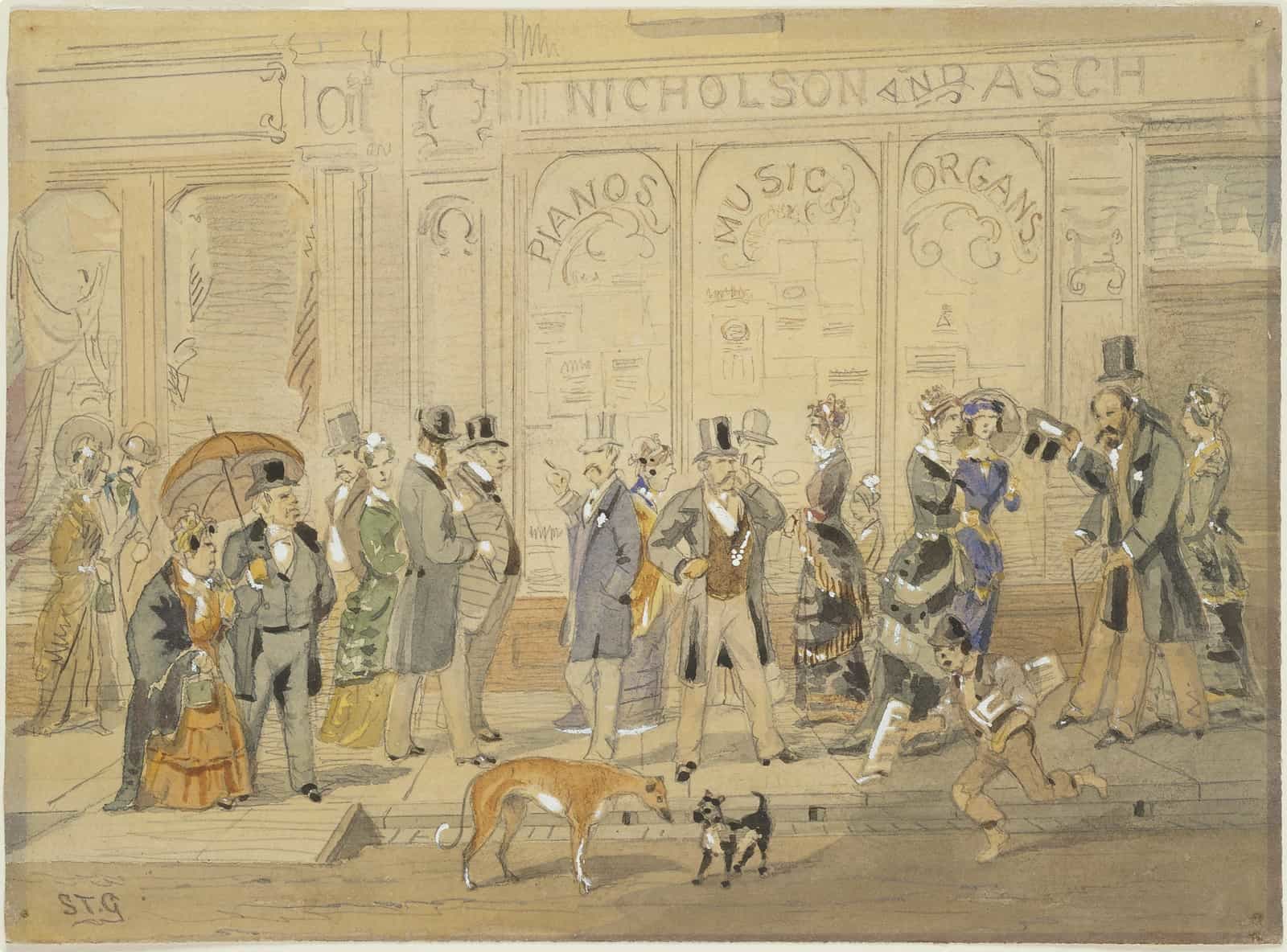
The location of the arcade – connecting Collins Street to Elizabeth Street and Little Collins Street – was the most fashionable spot in 19th century Melbourne, where the city’s well-to-do came every Saturday to see and be seen in their most fashionable attire. ‘Doing the Block’ was vividly described in Fergus Hume’s Melbourne-set detective novel, The Mystery of a Hansom Cab, published 1886:
It was Saturday morning and fashionable Melbourne was ‘doing the block’. Collins Street is to the Southern city what Bond Street and the Row are to London, and the Boulevards to Paris… Carriages were bowling smoothly along, their occupants smiling and bowing as they recognized their friends on the side walk… Portly merchants, forgetting Flinders Lane and incoming ships, walked beside pretty daughters; and the representatives of swelldom were stalking along in their customary apparel of curly brimmed hats, high collars and immaculate suits. Altogether it was a pleasant and animated scene…
The new arcade was initially called Carpenter’s Lane, but local shopkeepers successfully petitioned to have it renamed the Block Arcade.
The Hopetoun Tea Rooms were opened in 1894 by ‘society girl’ Miss Chrissie Robertson, for her society friends who did not wish to visit ordinary tea rooms. They moved to their current location in 1904, and were redecorated in Victorian style in 1976. The Block Arcade would also house Melbourne’s first Kodak store in 1908, and housed the offices of suffragist Vida Goldstein and the Victorian Football League (predecessor of the AFL) from 1911-1912.
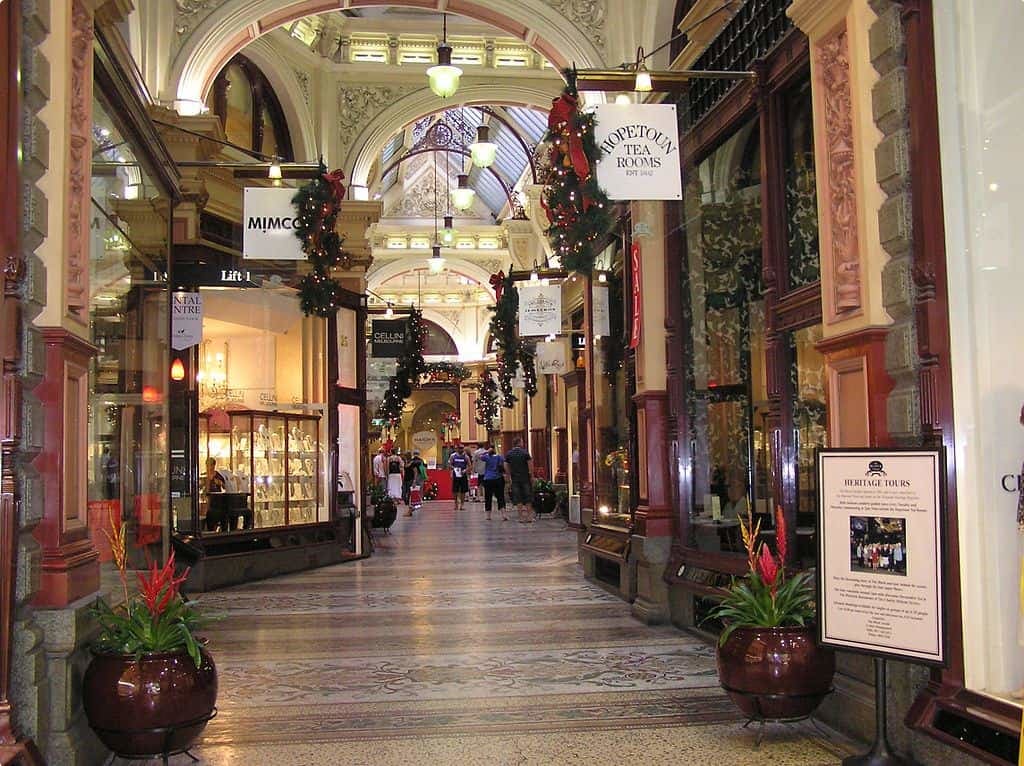
If you’re in the Block Arcade, make sure to stop by the Block Court Arcade extension, a little-known gem. Less touristy than the Royal and Block Arcades, it boasts beautiful Art Deco floor tiles and copper details.
The Cathedral Arcade:
The Cathedral Arcade (1925) is another hidden Art Deco masterpiece, retaining its original features in its entirety. The arcade is fully covered by leadlighted, stained-glass ceilings, converging on a central dome, Melbourne’s first barrel-vaulted ceiling. Melbourne historian Kristin Otto in her book Capital (2009) evocatively described the arcade as an ‘imagining of a crystal space – ethereal, glittery, modern, electric-age’.
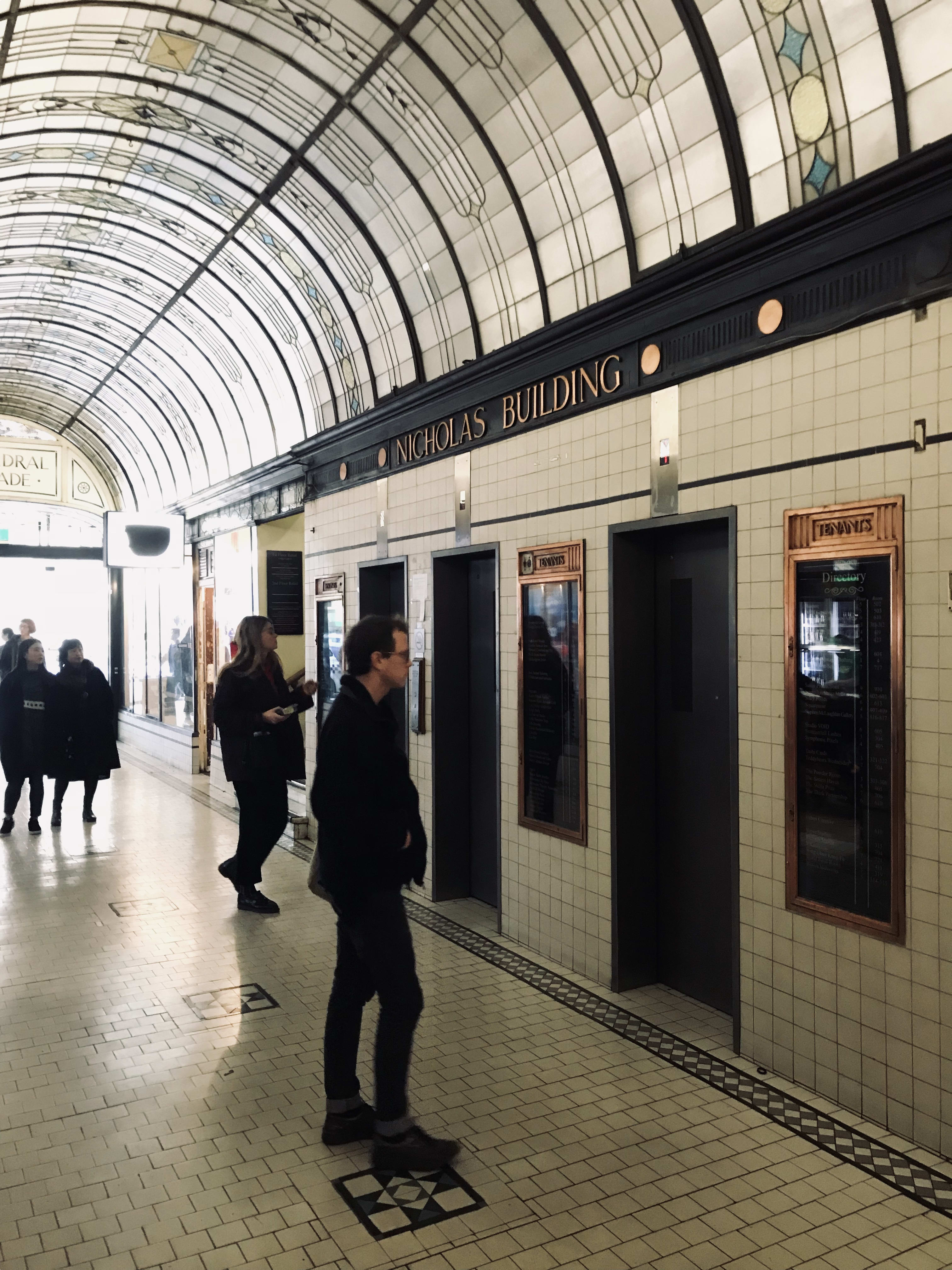
The arcade is the entrance to the 10 floor Nicholas Building, Melbourne’s grandest example of the Art Deco ‘Chicago school’ architecture, featuring classical-inspired elements on a vast scale. Architect Harry Norris, a major designer of Art Deco buildings in Melbourne through the 20s and 30s, frequently visited the United States to take inspiration from the skyscrapers that were going up in cities across the US.
The arcade opened with great fanfare, boasting a women’s drapers, a guinea shoe store, women’s beauty salon (with the latest waving and beauty appliances), and men’s hairdresser, ‘with all the latest devices and novelties’. In the basement was Melbourne’s first Coles supermarket, then a small chain concentrated around Swanston Street.
Head up into one of the original lifts (which were manually operated by elevator operators until 2012) and you’ll find similar Art Deco fittings on the second floor, in addition to a range of off-beat and interesting businesses.
The Manchester Unity Arcade:
Sadly no longer functioning as a shopping arcade, the Manchester Unity Arcade is nonetheless worth a look for its incredible Art Deco fittings. The arcade is the ground floor of another skyscraper, the Manchester Unity Building, on the intersection of Collins Street and Swanston Street.
Built in 1932, at the height of the Great Depression, the Manchester Unity Building was completed in record speed, as desperate labourers worked around the clock in eight hour shifts. It was the headquarters of the Manchester Unity International Order of Oddfellows, a mutual aid and insurance company. Designed in Art Deco neo-Gothic style by architect Marcus Barlow, the building is closely reminiscent of Chicago’s Tribune Building. On opening, the ground floor was home to a shopping arcade, while tea rooms were situated at the top of the building and in the basement.
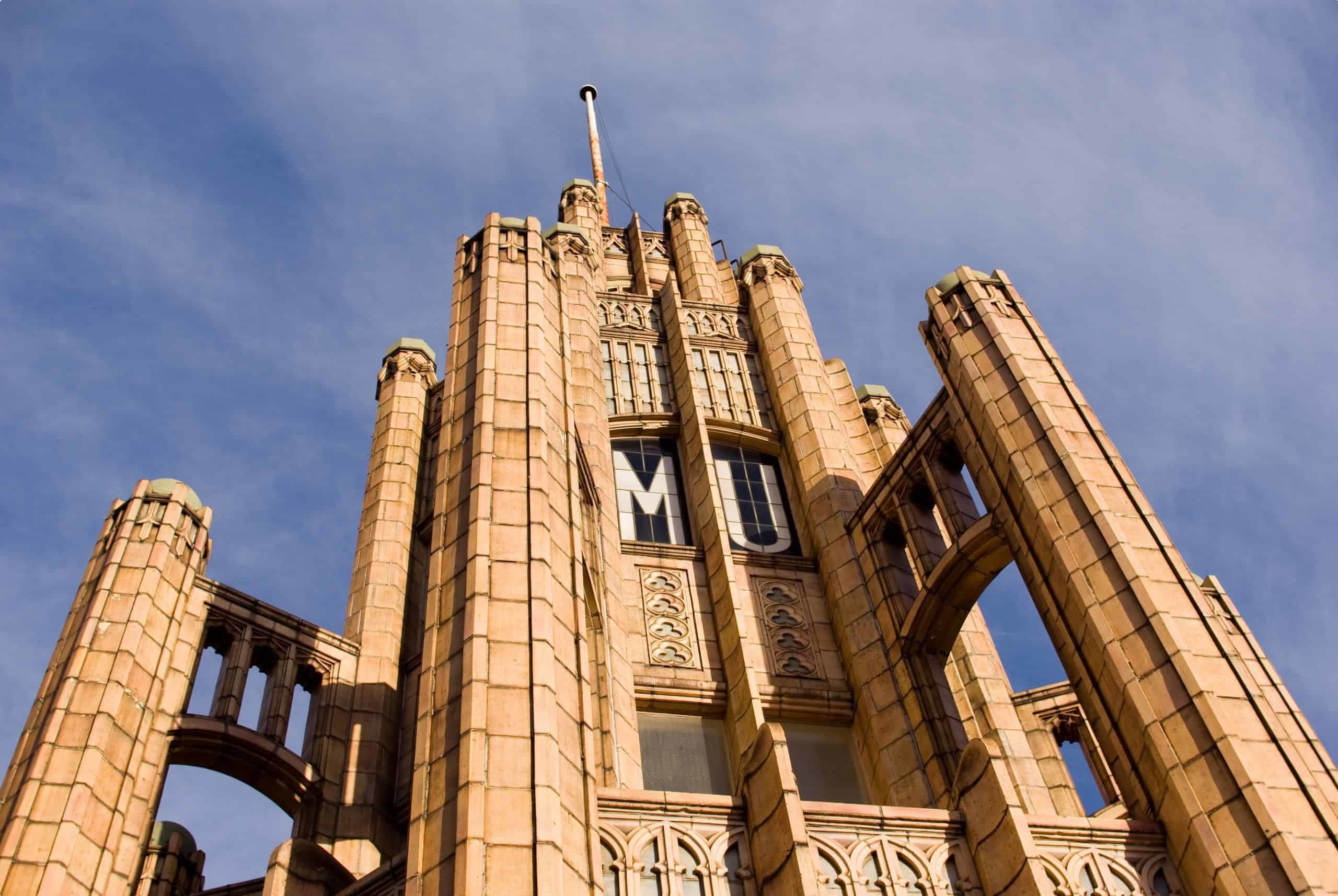
The shops have gone from the ground floor, but the arcade is home to the 1932 Cafe, set out in 1930s style. Look for the monumental Art Deco murals, with muscular men and nurturing women representing the various facets of life – education, health, property – that the insurance company covered, and the lavish golden lift doors.
Odyssey Traveller explores the arcades of Melbourne as part of our new guided tour of Melbourne city. Designed for curious mature-aged and senior travellers, our tour explores the culture and history of ‘Marvellous Melbourne‘, when Melbourne was the richest city in the world. On this tour of Melbourne, we begin the day with an informational session with an expert, while in the afternoon we enjoy a walking tour of the city streets, accompanied by our experienced tour guide. We learn about Melbourne‘s history, visiting the Queen Victoria Market, Old Melbourne Gaol, and the grand Victorian architecture of 19th century Melbourne. Staying at the Windsor Hotel – the most exclusive in ‘Marvellous Melbourne‘, our Melbourne tour puts us at the heart of the city. From our position in the city centre, we will get around the city by public transport, particularly the famous tram system, navigating the streets of the Hoddle Grid.
If you have an interest in 19th century Melbourne, you may also be interested in our tour of Victoria, which spends three nights in Melbourne city. As well as our city tour, our Victoria tour takes us to Ballarat and Sovereign Hill, where we learn about the transformative impact of the Eureka Stockade on Australian history. We make a day trip to the Yarra Valley, where we enjoy a winery tour, see street art on grain silos near Benalla, and make a day tour of Bendigo with a local guide.
Both our Melbourne city tour and our Victoria private tour give you plenty of time to explore Melbourne for yourself: whether that’s walking along the Yarra River, making a pilgrimage to the Melbourne Cricket Ground, exploring the vibrant laneway culture of Melbourne‘s CBD, or a day trip to Philip Island to see the little penguins.
Odyssey Traveller has been serving world travellers since 1983. Our tours are designed for small groups of mature-aged travellers, whether travelling solo, as a couple, or with friends. Our tour price generally includes hotel or apartment accommodation, museum, art gallery and other attractions entry, transport in a comfortable bus, and several meals, including a group dinner at a local bar or restaurant.
Articles about Australia published by Odyssey Traveller:
- The Kimberley: A Definitive Guide
- Uncovering the Ancient History of Aboriginal Australia
- Aboriginal Land Use in the Mallee
- Understanding Aboriginal Aquaculture
- Mallee and Mulga: Two Iconic and Typically Inland Australian Plant Communities (By Dr. Sandy Scott).
- The Australian Outback: A Definitive Guide
For all the articles Odyssey Traveller has published for mature aged and senior travellers, click through on this link.
External articles to assist you on your visit to Victoria:
Selected small group package tours
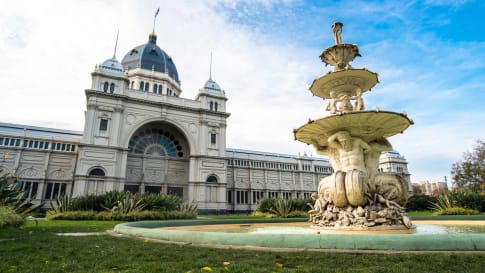
days
Feb, Mar, Apr, May, Aug +3Small group tour of Melbourne
Visiting Victoria
Explore and learn about the Victorian history of Melbourne over a week. For the senior traveller, a small group tour holiday package to Melbourne city, limited to 12 travellers.

days
Mar, May, Aug, Oct, Jan +1Small group tour of Victoria for Senior travellers
Visiting Victoria
This 16 day escorted small group tour of Victoria for the senior or mature traveller who enjoys learning whether as a couple or solo traveller explores an area of central Victoria that is rich in historic houses, gorgeous gardens and some amazing art.
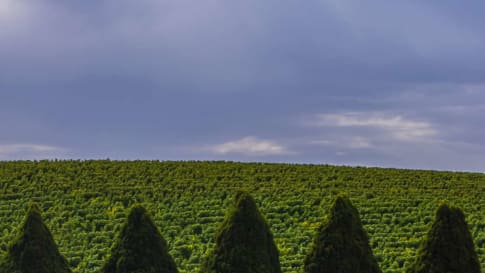
days
May, Aug, Sep, Oct, Nov +3Small group holidays to Adelaide and surrounds
Visiting South Australia
Explore and learn about on a small group tour of Adelaide city and its pastoral, cultural and historic settlement. Visit Fleurieu Peninsula, the Barossa valley, learn about William Morris and the arts and craft movement in the Art gallery and National trust houses.
Articles about Melbourne & Victoria

Designing Melbourne, Victoria
The grid layout of central Melbourne did not just happen.... Read and learn more and consider joining a small group package tour for mature and senior travellers to this city for couples or singles. Spend a week exploring Melbourne it's arcades and Victorian architecture created on the back of the wealth from the gold rush.

The Burke and Wills Expedition, 1860-61
Learn on a small group tour of central Australia for active mature or senior travellers from Broken hill about Burke and Wills ambitious expedition. Suitable for mature aged couples or solo travellers.

Victorian architecture of central Melbourne, Australia
Melbourne is one of our two, week long city explorer programs. The other program being Adelaide. These are small group tours for mature and senior travellers, couples and singles interested in Colonial history of the two centuries. They form part of a collection of Australian learning tours.


